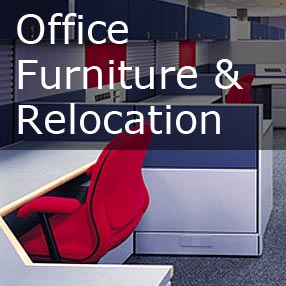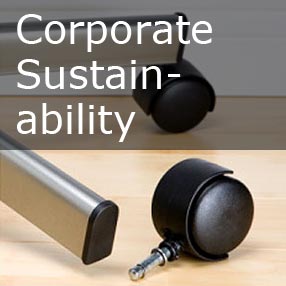Modern corporations and small businesses should have a current corporate sustainability plan. These plans address both the green needs and business needs of organization. See below for the elements of a good corporate sustainability plan courtesy Wikipedia.
Business Case for Sustainability
The challenge for many businesses in this new field is to quantify the positive impacts of sustainability. Dr. Bob Willard, a business thought leader in this area openly shares resources to help sustainability champions build the case for sustainability. Dr. Willard has quantified that sustainability can increase revenue, reduce energy expenses, reduce waste expenses, reduce materials and water expenses, increase employee productivity, reduce hiring and attrition expenses, and reduce strategic and operational risks.
Transparency
Deals with the idea that by having an engaging and open environment within the company as well as the community will improve performance and increase profits. It is an open culture that promotes employee involvement in regards to the innovation and creative processes. Reaching out to the community creates a much bigger team, is extremely cheap, and provides evaluation from all angles. Companies are looking inward and realizing changes must be made to fulfill environment needs such as energy efficiency, limiting product waste and toxicity, and designing innovative products.
Stakeholder Engagement
Sustainability requires a company to look both internally and externally to understand their environmental and social impacts. This requires the engagement of various stakeholder to understand impacts and concerns. A business can address sustainability internally by educating employees and seeking to reduce impacts through waste reduction, energy efficiency, etc. Employee engagement can be a powerful motivator by having a philanthropy committee or a green team. As a company looks externally, stakeholders include customers, suppliers, community, and non-government organizations.
Thinking ahead
Companies must adapt to this rapidly changing environment by being prepared to change and implement new creative ideas related to sustainability. Companies should not throw away old products and materials, but rather be prepared with upgraded technology that can transform the product. New solutions that improve recycling and waste redirecting can ultimately reduce costs and increase profits. For example, Wal-Mart Stores Inc. has redirected more than 64 percent of the waste generated by stores and Sam’s Club facilities. In 2009 alone, they recycled more than 1.3 million pounds of aluminum, 120 million pounds of plastics, 11.6 million pounds of mixed paper and 4.6 billion pounds of cardboard. On an annual basis, they expect to save around $20 million and prevent 38 million pounds of waste being sent to landfills.






